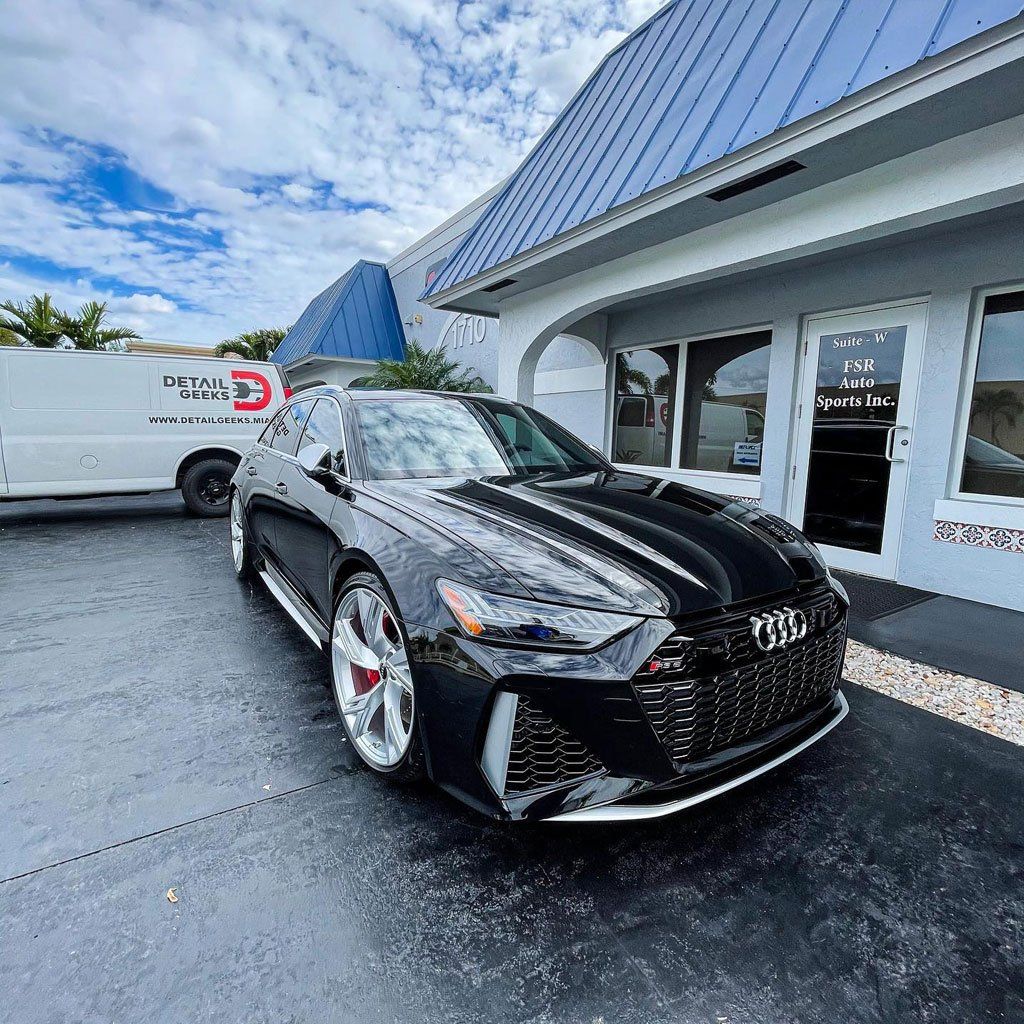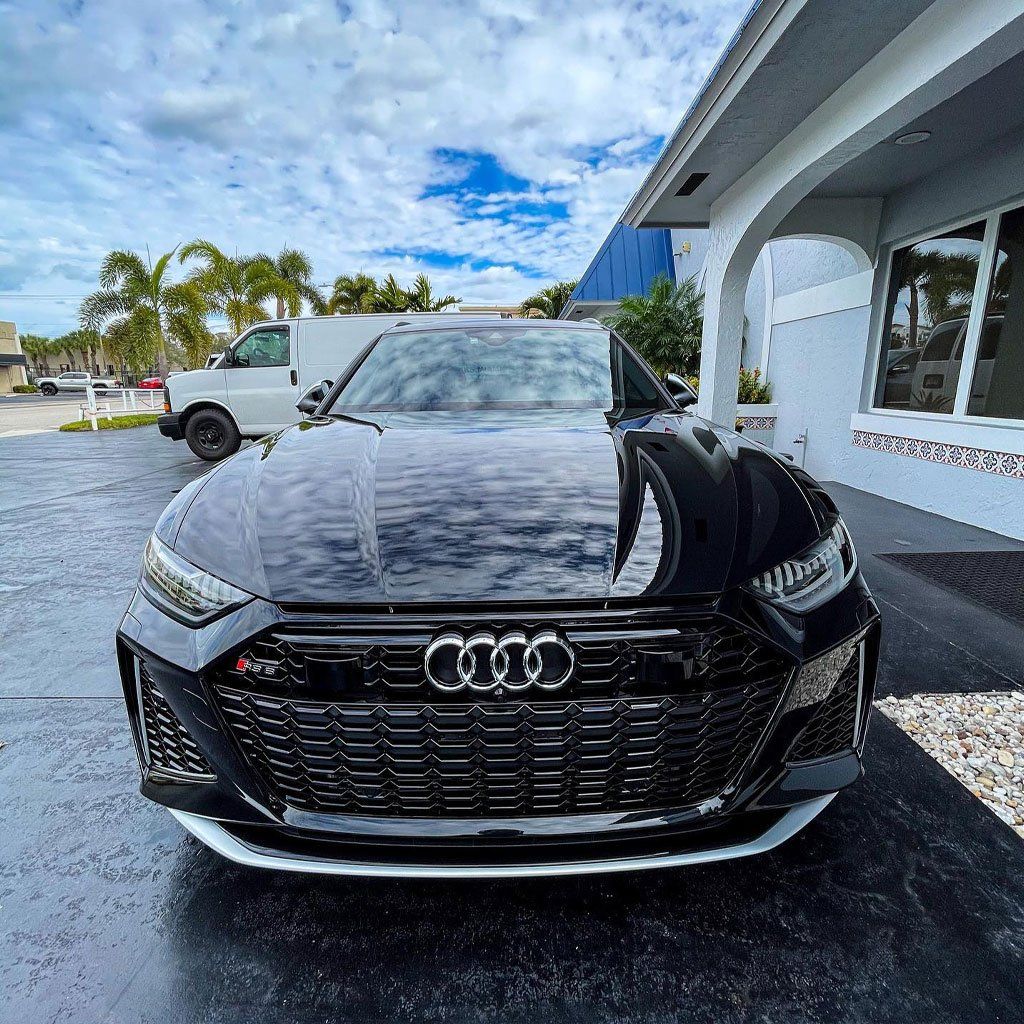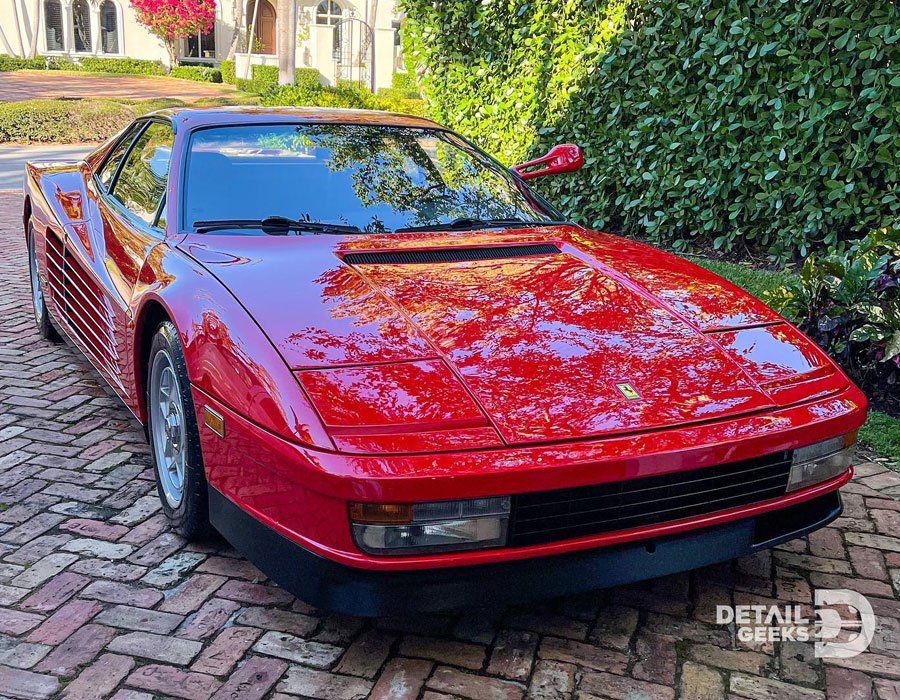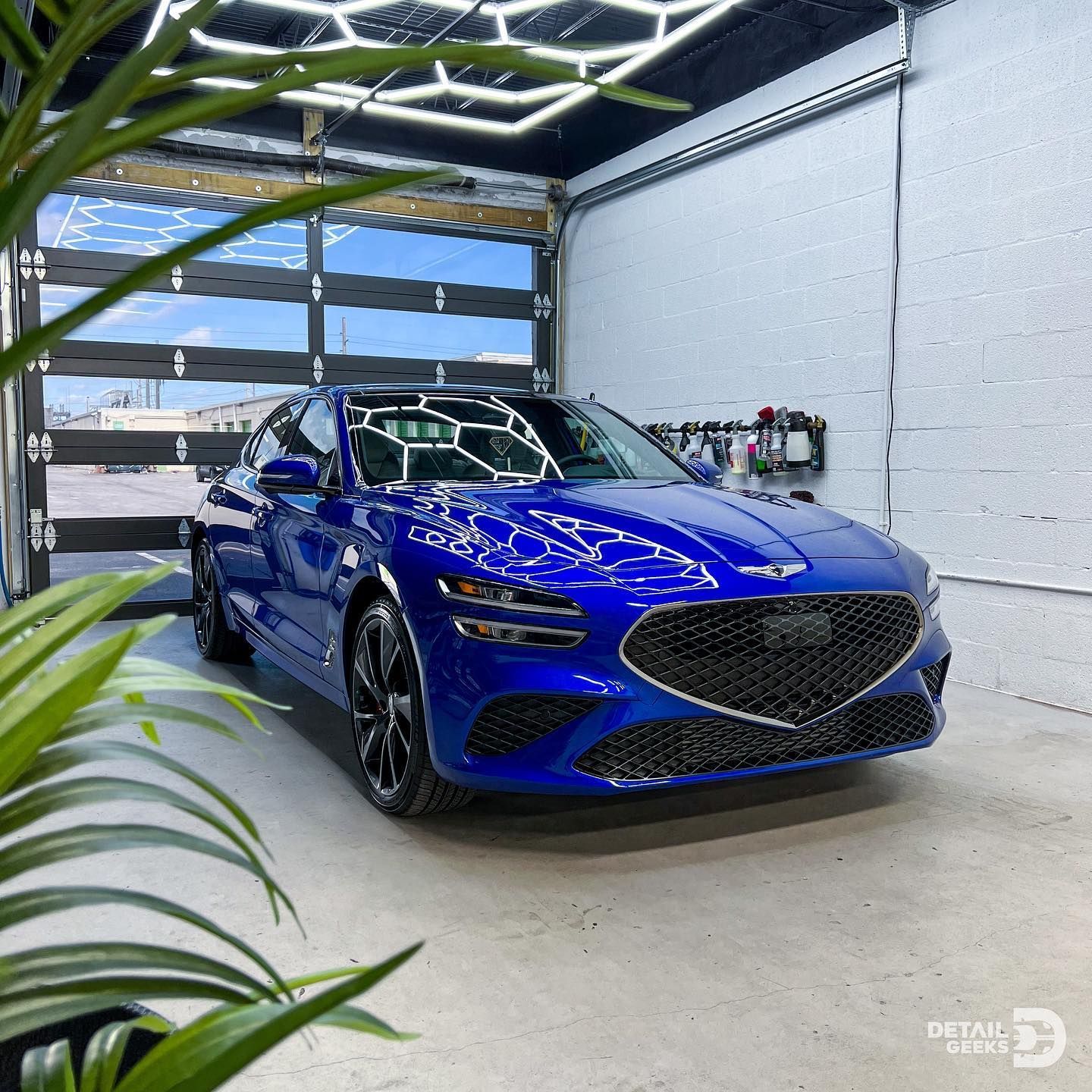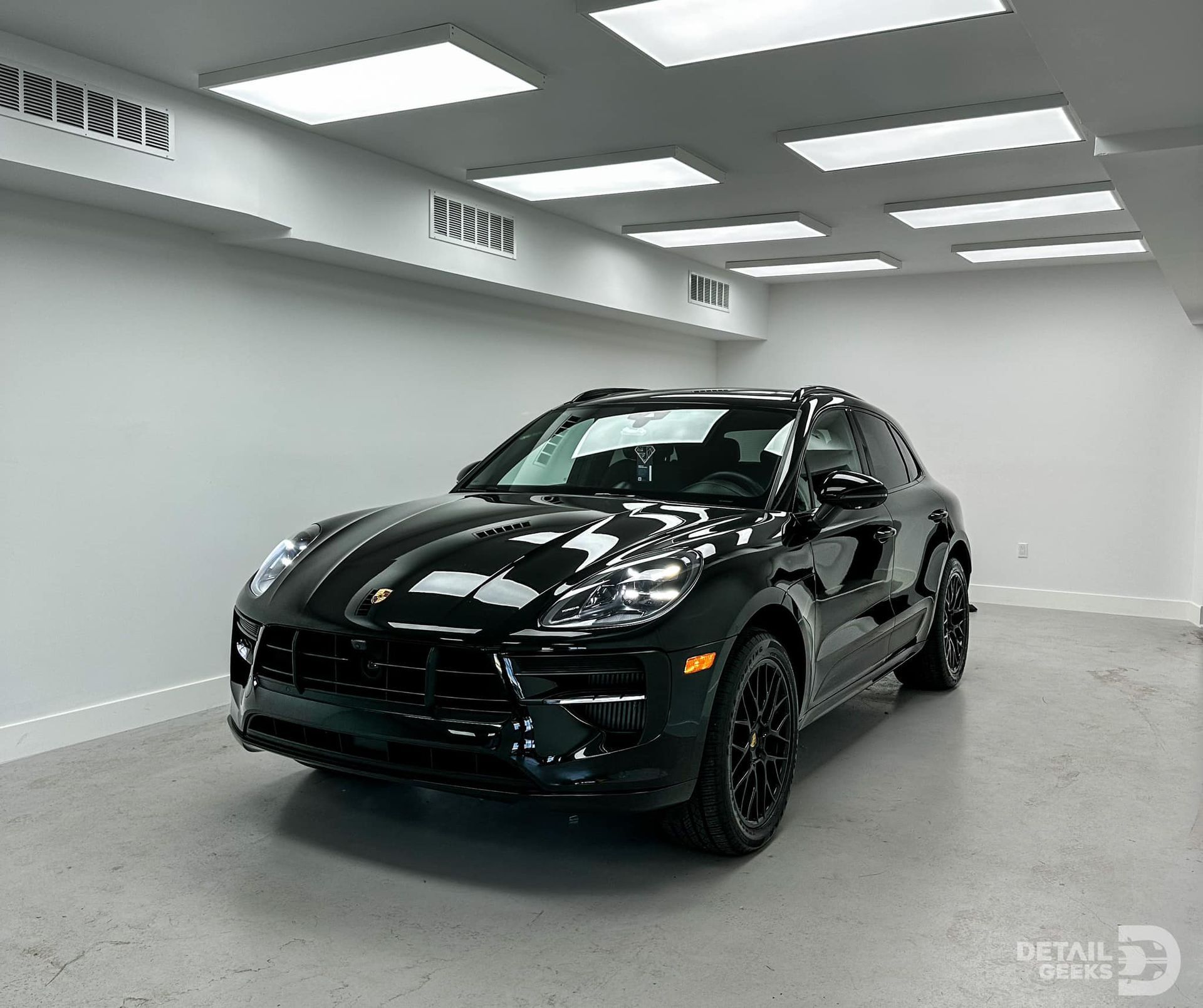How Long Does Ceramic Coating Last? Understanding Its Longevity and Protection
For anyone who loves cars but struggles with maintaining that showroom shine, ceramic coating might seem like a dream come true. This advanced treatment isn't just a temporary fix; it's designed to provide lasting protection against everyday contaminants like dirt and UV rays. Imagine driving through varied weather conditions without constantly worrying about your car's paint losing its luster—this is where ceramic coatings come into play. Applying ceramic coating takes an initial commitment both in time and care, but once cured properly, it forms a strong bond with your vehicle’s paintwork.
On average, ceramic coatings can last between 2 and 5 years when properly applied and maintained. The actual longevity can depend on various factors, including environmental conditions, the quality of the product used, and the owner's commitment to regular maintenance and cleaning.
What is Ceramic Coating?
Ceramic coating is more than just a surface treatment; it's akin to giving your car a safety shield that stands the test of time. When you apply this liquid polymer to your vehicle, it chemically bonds with the factory paint, forming a durable layer that offers remarkable defense against environmental threats. Imagine driving your car without worry, knowing that dirt, bird droppings, tree sap, and the sun's harsh UV rays have less chance of causing damage. That's the power of ceramic coating.
The true merit of ceramic coatings lies in their ability to form a semi-permanent bond with your vehicle's paintwork, unlike traditional waxes that simply sit on top without offering lasting protection. Think of it like advanced armor: while wax might be effective for a few weeks, ceramic coatings can last from two to five years or more, depending on maintenance practices. This makes them significantly more resilient against wear and tear caused by daily driving.
Notably, applying a ceramic coating doesn’t just preserve your vehicle’s aesthetic appeal but actively enhances it. When the coating is correctly applied, it creates a surface that's not only hydrophobic—meaning water beads and rolls off easily—but also resistant to environmental contaminants and oxidation. These products are engineered to provide long-term protection while giving every car owner peace of mind. Ceramic coatings’ advanced technology ensures that you won’t have to spend as much time worrying about maintaining a flawless appearance.
Application Process for Ceramic Coating
- Preparing the Surface: The foundation of a successful ceramic coating lies in thorough surface preparation. Before anything else, the vehicle's exterior must be meticulously washed to remove dirt and debris. It’s not just about a quick rinse; a deep clean with pH-neutral car shampoo is necessary to eliminate any wax, sealant, or oils that might hinder adhesion. Using a clay bar afterward helps to decontaminate the surface further by lifting embedded particles such as tree sap or industrial fallout that regular washing might miss. This step is crucial because any leftover contaminants can lead to an uneven application, reducing the lifespan and effectiveness of the coating.
- Paint Correction: Once the surface is clean, we move to paint correction. Any imperfections, such as scratches, swirls, or oxidation, need to be addressed before applying the ceramic layer. Think of this like preparing a canvas before painting; you want it flawless. The reason for this diligence is simple: any flaws left unresolved will get locked beneath the ceramic coating once it's applied, making future repairs complicated and time-consuming. By utilizing polishing compounds along with techniques through machine polishers or hand applications, you can restore the paint’s clarity and smoothness. This ensures that your car looks pristine under its new protective layer.
- Application: After ensuring that your vehicle's paint is in tip-top shape, it’s time for application. The coating itself comes in liquid form and needs to be applied in small sections using an applicator pad. Here’s where efficiency meets precision: work quickly but carefully to spread a thin layer evenly across the section you're working on. An important aspect during this phase is leveling out the coating to ensure consistent thickness; if done right, it will help minimize high spots or streaks as it begins its curing process. Tackle the vehicle section by section until the entire exterior has been coated. With the application complete, we now focus on one of the most vital phases: curing.
- Curing: The curing period is where all your hard work pays off; it allows the ceramic coating to fully bond with the paint's surface. Manufacturers usually recommend an initial curing time of 24 to 48 hours, during which it's critical that the vehicle stays dry and protected from contaminants like dust or rain. This is similar to letting a cake set properly before slicing it—impatience can lead to undesired results. Ultimately, full curing can take anywhere from two to three weeks depending on environmental conditions like temperature and humidity; during this time, maintaining protection becomes paramount for achieving optimal bonding. When done correctly, this final stage solidifies that glass-like finish you admire while providing superb durability against elements, UV rays, and much more.
Understanding this careful process lays a strong foundation as we examine what influences how long these coatings last and their overall impact on your vehicle's maintenance.
Factors Affecting Longevity
Several significant elements play a role in determining how long your ceramic coating will last.
Environmental Conditions
First and foremost, environmental conditions can greatly impact its durability. Think about it: if you live in an area prone to extreme weather—whether intense sunlight, heavy rain, or freezing temperatures—you’ll likely see a reduced lifespan for your coating. For instance, coastal regions expose vehicles to salt and humidity, leading to faster degradation compared to cars parked in moderate climates. The ingredients found in smog or industrial pollution can also contribute to wear and tear on your vehicle's surface coatings. It’s as if your car is constantly battling the elements; therefore, knowing your local environment can prepare you for how often you might need to revitalize or touch up that coating.
Maintenance Practices
Keeping up with regular cleaning routines plays an essential role in extending the life of ceramic coatings. Utilizing pH-neutral car shampoos during washes can help avoid the harsh effects of acidic or alkaline substances that damage protective layers. Moreover, steering clear of automated car washes equipped with abrasive brushes and strong chemicals is vital, as they can strip away that protective sheen quite rapidly. Engaging in meticulous handwashing not only preserves the integrity of the coating but also keeps your vehicle looking pristine.
Product Quality
Not all ceramic coatings are created equal. The market is flooded with varying degrees of quality, significantly impacting both protection level and longevity. Typically, higher-quality products tend to yield better results with impressive lifespans. Professional-grade ceramic coatings can last anywhere from five to seven years due to their advanced formulations and enhanced durability against environmental stressors. In contrast, consumer-grade options often have shorter lifespans lasting around two to three years, making it essential for consumers to evaluate their choices carefully before applying any ceramic treatment.
Understanding these contributing factors enables vehicle owners to maximize their investment—not just in time and money but also by enhancing the overall aesthetic appeal of their prized possession for years to come without limitation.
Comparing Average Lifespan
When it comes to ceramic coatings, understanding the average lifespan can help you make informed choices for your vehicle. The distinctions between professional-grade and consumer-grade products highlight significant variations. Professional-grade coatings offer longevity that many car owners dream of—lasting up to seven years under optimal conditions. However, such high-performance coatings necessitate a professional application, which involves meticulous surface preparation and specialized techniques to achieve that impressive durability. In contrast, consumer-grade options present their own advantages. While they may only last two to three years, they provide a more accessible solution for those who prefer to tackle the application themselves at home.
So, choosing between these types largely depends on your budget, how much time you're willing to invest, and what kind of longevity you desire. Industry reports underscore this trend—approximately 60% of the market leans toward professional applications. This showcases a clear preference for long-lasting protection over convenience alone. Vehicle owners often consider the cost of reapplication versus the initial investment in a quality ceramic coating. It’s vital to view spending on a professional-grade product as a long-term investment in the vehicle’s aesthetics and protection, possibly saving money by minimizing potential repairs that could arise from neglecting proper care.
Benefits of Using Ceramic Coating
- Advanced Protection: One of the standout advantages of ceramic coatings is their enhanced protection. With the unpredictable nature of environmental conditions—be it scorching heat from UV rays, acidic bird droppings, or stubborn chemical stains—your car paint faces constant threats. Ceramic coatings act like a strong shield against these elements. They form a sacrificial layer that absorbs damage, ensuring your paint remains intact longer and looks pristine. This durable layer creates a strong bond that inhibits the effects of damage, making it particularly effective against dirt and environmental contaminants, which can accumulate over time.
- Long-Term Cost Efficiency: When considering a ceramic coating, the initial investment may raise some eyebrows. However, viewing it through the lens of long-term cost efficiency reveals its true value. Frequent applications of traditional wax can add up quickly. In contrast, ceramic coatings significantly reduce the need for regular waxing and paint corrections, saving both time and money over several years. Some studies even suggest that using a ceramic coating can cut maintenance costs by nearly 50%. Imagine not having to schedule those routine wax sessions while keeping your vehicle looking immaculate!
- Visual Appeal: After experiencing the protective qualities, many users turn their attention to how a well-applied ceramic coating can vastly enhance their vehicle's appearance. The finish exudes a glossy, showroom-like aesthetic that captures attention whether you're driving or parked. Car enthusiasts frequently express delight about how their vehicles maintain that almost new look even as the years roll by. That beautiful shine isn't merely about looks; it's also about instilling pride in ownership—a feeling every car lover can appreciate.
Each of these benefits underscores the transformative effect ceramic coatings can have on car care and preservation. Understanding their longevity will enable you to make informed decisions moving forward.
Maintenance Tips for Durability
Proper maintenance is crucial for maximizing the lifespan of a ceramic coating. Just like any protective measure, it requires regular attention to ensure it performs at its best. One of the simplest yet most effective steps you can take is to establish a routine cleaning schedule. It is recommended to wash your car every two weeks using a pH-neutral car shampoo; this helps avoid damaging the coating’s surface.
To wash your vehicle effectively while minimizing scratching, use the two-bucket method: designate one bucket for soapy water and another for rinsing. This method significantly reduces the risk of transferring dirt back onto the surface, allowing you to keep that pristine finish intact. Picture it this way: by treating your car with care during washes, you're essentially adding years to your ceramic coating's protective life. While washing regularly is important, you also need to be mindful about where you clean your car.
Avoid automated car washes, as they can be abrasive and degrade the coating over time. These machines often use harsh brushes or chemicals that may scratch or weaken the coating's integrity. Instead, opt for touchless or hand washing whenever possible. Think of it like this: just as you wouldn’t want rough towels on an expensive suit, your vehicle deserves similar care! Furthermore, incorporating booster products into your maintenance routine enhances the ceramic coating's performance and longevity. This rejuvenates its hydrophobic properties and adds extra protection against elements such as UV rays or acid rain.
Lastly, careful and regular maintenance not only maintains aesthetic appeal but ensures that the ceramic coating continues to protect against contaminants like dirt or bird droppings, which can lead to etching if left unchecked. By following these steps, you’re investing in your vehicle’s health and ensuring it remains a stunning sight for years to come. Proper maintenance practices will significantly enhance the durability and effectiveness of your ceramic coating. A well-cared-for vehicle not only looks great but also retains its protective qualities longer!
Leading Ceramic Coating Service in Fort Lauderdale, FL
Enhance your vehicle’s protection with Detail Geeks’ leading ceramic coating service in Fort Lauderdale, FL. Our advanced coating technology provides a durable shield against environmental elements, ensuring your car maintains a flawless shine. Trust our experienced team to deliver exceptional results and superior protection for your investment. Reach out today to schedule your appointment and experience the benefits of our state-of-the-art ceramic coating. Call us at (305) 896-2430 to get started!
Detail Geeks Blog


